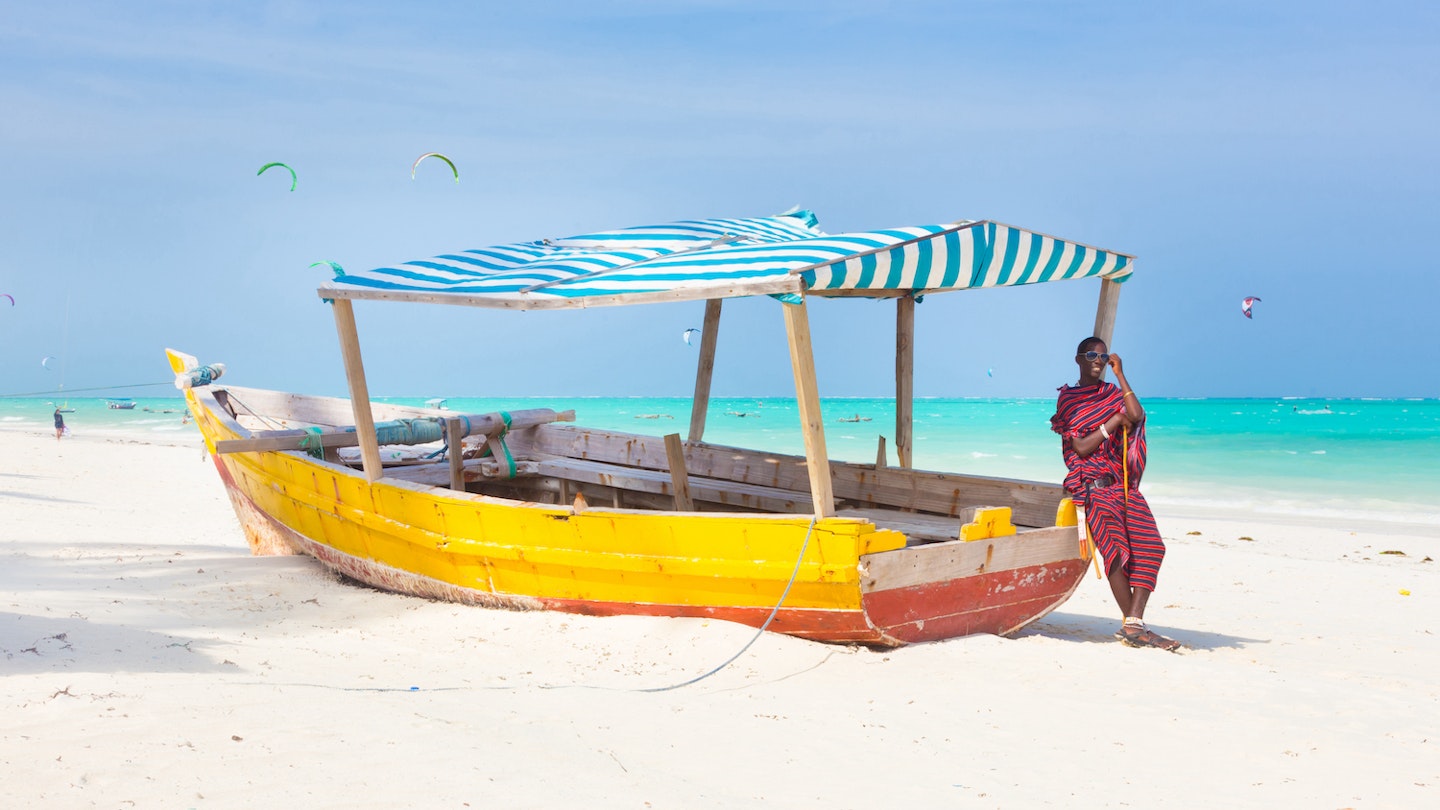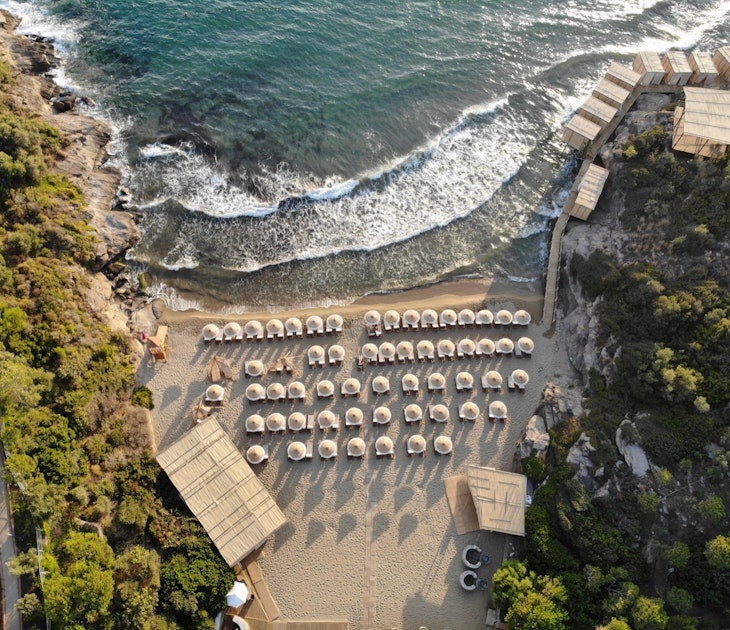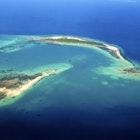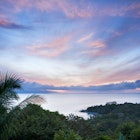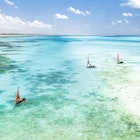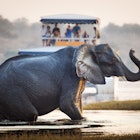From witnessing wildebeests and zebras gallop across Serengeti National Park as part of the Great Migration to trekking volcanoes or climbing Mount Kilimanjaro, the best attractions in Tanzania are big, bold and beautiful.
It doesn't matter if you're camping and bird-watching or spotting the Big Five on safari, the best places to visit in Tanzania are extraordinary. While visitors are sure to encounter the famous Big Five on any safari, they should also keep their eyes peeled for rare or endangered species like the African wild dog, green sea turtle, Egyptian vulture and various antelope.
Outside of its extraordinary (OK, compulsory) natural attractions, Tanzania boasts cities and towns filled with history, architecture and superb cuisine. Populating every corner of the country are Tanzanian citizens, too including some 120 ethnic groups like the Hadza in the north, the Iraqw of the Great Rift Valley, the Pimbwe of western Tanzania, and the Maasai in the Serengeti. While they all have their own tongues, the Kiswahili language unifies these groups as Tanzanians.
With all that in mind, these are the best places to visit in Tanzania.

1. Serengeti National Park
The Maasai people who have lived here for thousands of years call this park Siringet, which means “endless plains” in the Maa language. And indeed, anyone who visits Serengeti will see flat, verdant land studded with acacia trees extending dozens of miles into the distance. These plains host an intricate ecosystem offering some of the best variety of fauna and flora in Africa, including 450 species of bird and 35 types of mammal.
Each year between May to September, over two million wildebeest, antelope and zebra make their way from the Ndutu region in south of the park to the Maasai Mara in Kenya. This thrilling spectacle is the largest terrestrial migration on the planet.

2. Dar-es-Salaam
Dar (as its colloquially known) is Tanzania’s economic hub. Everything begins here, which means you’ll probably pass through for a night or two during your visit to the country. Dar’s energy is light but quick, and everyone is always on the move. Your first stop should be the colossal and bustling Kariakoo Market, where you can get a bargain on absolutely anything you might need. As most visits involve walking the equivalent of several city blocks, a piece of freshly cut sugarcane might quench your thirst. At dawn, make your way to Kivukoni fish market to watch anglers trade their day’s catch.
Come the hot afternoon, beaches just a short drive from the mainland beckon. Two uninhabited islands just off the coast, Mbudya and Bongoyo have lively beaches that are popular with the local residents. After dark, Dar’s nightlife is a great way to get into the rhythm of Tanzania. Try Samaki Samaki on Haile Selassie St or Karambezi Cafe on Toure Dr.
3. Arusha
While most only spend a short time in Arusha before setting out on the northern safari circuit, don’t be so quick to dismiss scruffy but appealing A-town. The Maasai Market is a lovely place to while away a few hours and get some cool and original gifts to take home. Known as the “Geneva of Africa,” the town has a pleasant climate and lush environment that make it a nice place to walk, perhaps on a coffee tour or a hike to the Chemka Hot Springs. A less crowded alternative to Kilamanjaro, often-overlooked Mt Meru towers over the town and offers breathtaking vistas from the summit, with far fewer people along the way.
4. Lushoto
Surrounded by the spectacular Usambara Mountains in the northeast, Lushoto is a small town with a regal history. This area was once the royal kingdom of the Wasambaa people, originally founded by King Mbega. Their roots are still strong here, with the descendants of the dynasty offering mountain hikes and visits to the plunging Kisasa waterfalls, plus community tours and stops in royal villages.
A few hours from Lushoto, Jiwe la Mungu (also known as God’s Stone) offers fabulous views of the lush valleys that seem to fold into each other as if hiding secrets. There are no direct flights to the town, but buses and flights pass through Tanga, where you can find a taxi or private transfer onward.

5. Tarangire National Park
Three hours drive from Arusha town is Tarangire National Park. The south of the conservation area is home to a large population of elephants who make their way inland to Lake Manyara and Tarangire, both of which are in Ngorongoro’s rain shadow. This pattern illustrates an interesting element of Tanzania’s natural profile: the land has natural corridors that allow elephants and other animals to move undisturbed from park to park.
Another notable attraction in the park are its massive baobab trees, which could be hundreds if not thousands of years old. Leopards, baboons and other mammals make great use of the branches of these iconic, majestic trees.
6. Nyerere National Park (previously Selous National Park)
Set out from Dar-es-Salaam for the 5-hour drive to Nyerere National Park, Africa’s largest reserve. (The road is smooth until the last bumpy stretch; a 4WD vehicle is a must.) Within its almost 31,000 sq km (11,970 sq miles) roam huge herds of animals: the Big Five, but also certain antelope you rarely find in other parks on the continent. Look out for roan antelope, brindled gnu, Lichtenstein’s hartebeest and sable.
Nyerere also has the world’s biggest concentration of the endangered African wild dogs, whose frenetic pace while hunting make for a thrilling game drive. Avid twitchers can also spend hours spotting birds among the trees and wilderness. With its lush landscapes and the picturesque Rufiji River coursing into oxbow lakes, the park is a photographer’s dream. Note that most visitors choose to take a one-hour charter flight to the various airstrips in the park – another opportunity for standout photographs.
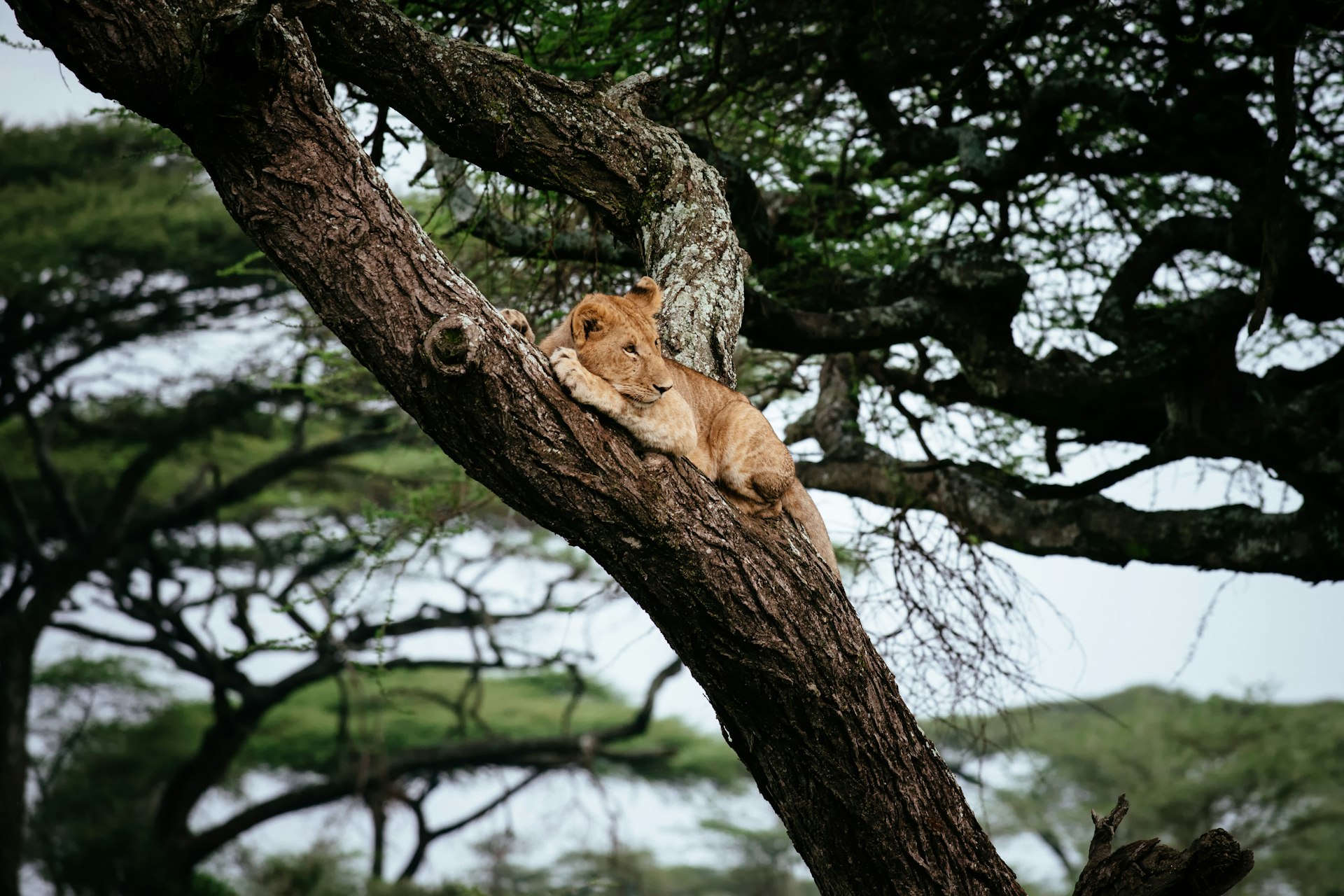
7. Lake Manyara National Park
Only 650 sq km (251 sq miles), Lake Manyara National Park nonetheless makes a mark. It is in this park that among the buffalo, hippo, cheetah and giraffe you’ll come across an odd sight: tree-climbing lions. Avid bird-watchers can spot some 400 species, including the forest hornbill and pelican. On the highly alkaline Lake Natron, thousands of lesser flamingos sift through the pink waters for food.
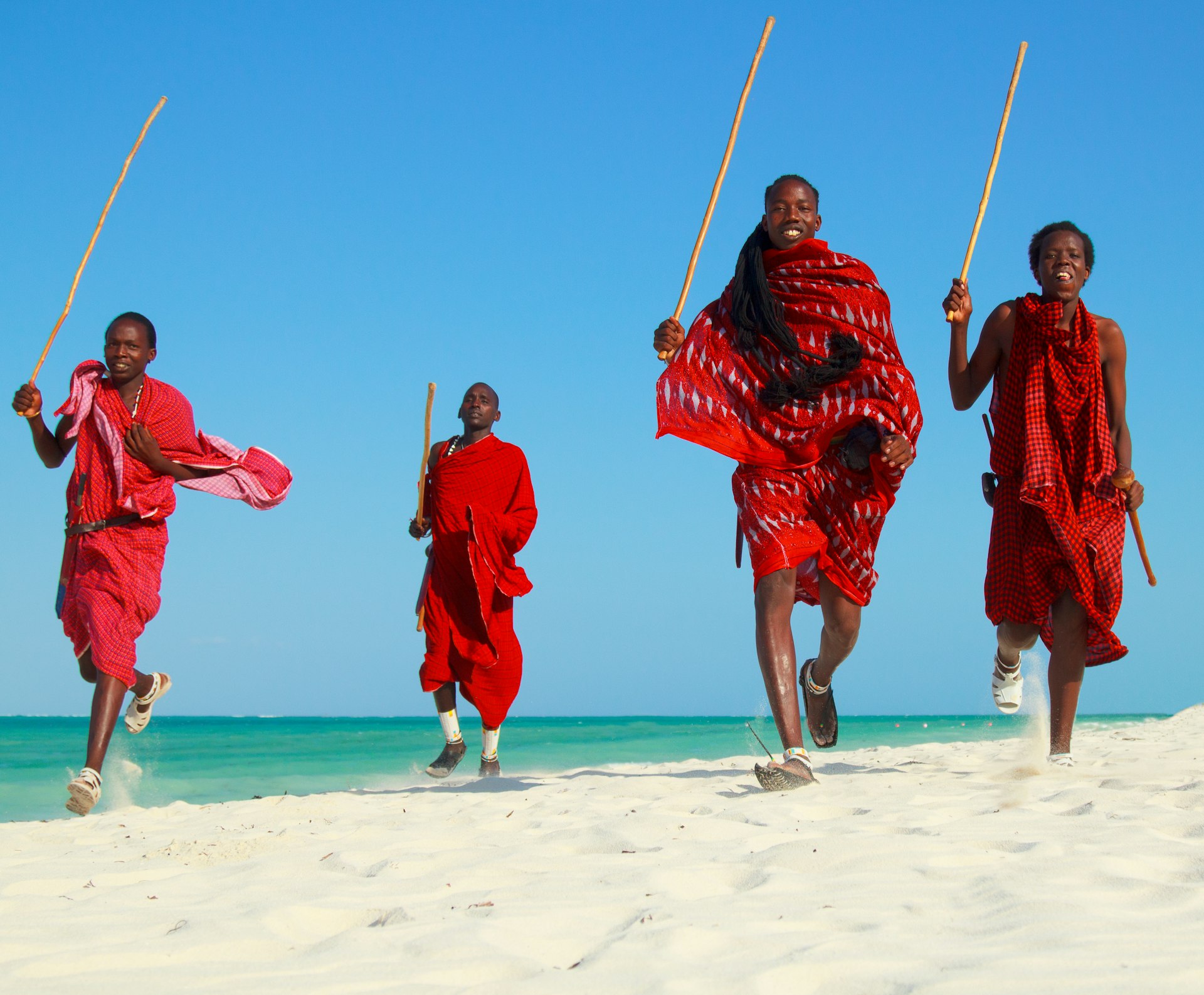
8. Zanzibar
The numerous beaches in the Zanzibar Archipelago are simply some of the most gorgeous in the world. Most travelers choose to lie out at Nungwi Beach in the north of Unguja (also known as Zanzibar Island). If crowds are not your thing, try Muyuni for dolphin spotting, Jambiani for kite surfing and parasailing, Paje for swimming, and Matemwe for diving or snorkeling.
North of Unguja, Pemba Island is a land of thick forests and crystal-clear waters. While the weather can be iffy, Misali and Vumawimbi Beaches offer unique diving and snorkeling opportunities.
9. Gombe Stream National Park
Just shy of the shores of Lake Tanganyika is Gombe Stream National Park, made famous by Jane Goodall’s behavioral research of the resident chimpanzees. Conducted over four decades, her studies are thought to be the longest ever done on any one wild-animal population. Within the small (22 sq km/13.5 sq mile) confines of Gombe’s grasslands, woodlands and thick rainforest, you can spot red colobus, blue monkey, olive baboon and red-tailed monkeys in addition to chimps.

10. Stone Town
For over a thousand years, Stone Town (or Zanzibar Town) was a thriving entrepôt, drawing merchants from as far as Persia, China and Europe who traded guns, textiles, minerals and spices. Today, this history can be felt in atmospherically narrow cobbled streets filled with Arab-style buildings, while numerous mosques and the Islamic dress of locals testify to the influence of Islam on the island.
Zanzibar was also once a major slave trading center, with a large and infamously brutal market in Stone Town. It closed in 1873, but before that, the trade of enslaved men and women here was perhaps one of the most robust in the world.
The intricate cuisine fuses African, Indian, Arabic and French elements. One of the top things to do in Tanzania, the nightly market at Forodhani Gardens is one of the best places to try local foods. Each dish is enhanced with spices that are grown in the area to this day – and which once made Stone Town the world’s largest spice market. To get the best of your visit to Stone Town, hire a guide to walk you through the history, layer by layer.
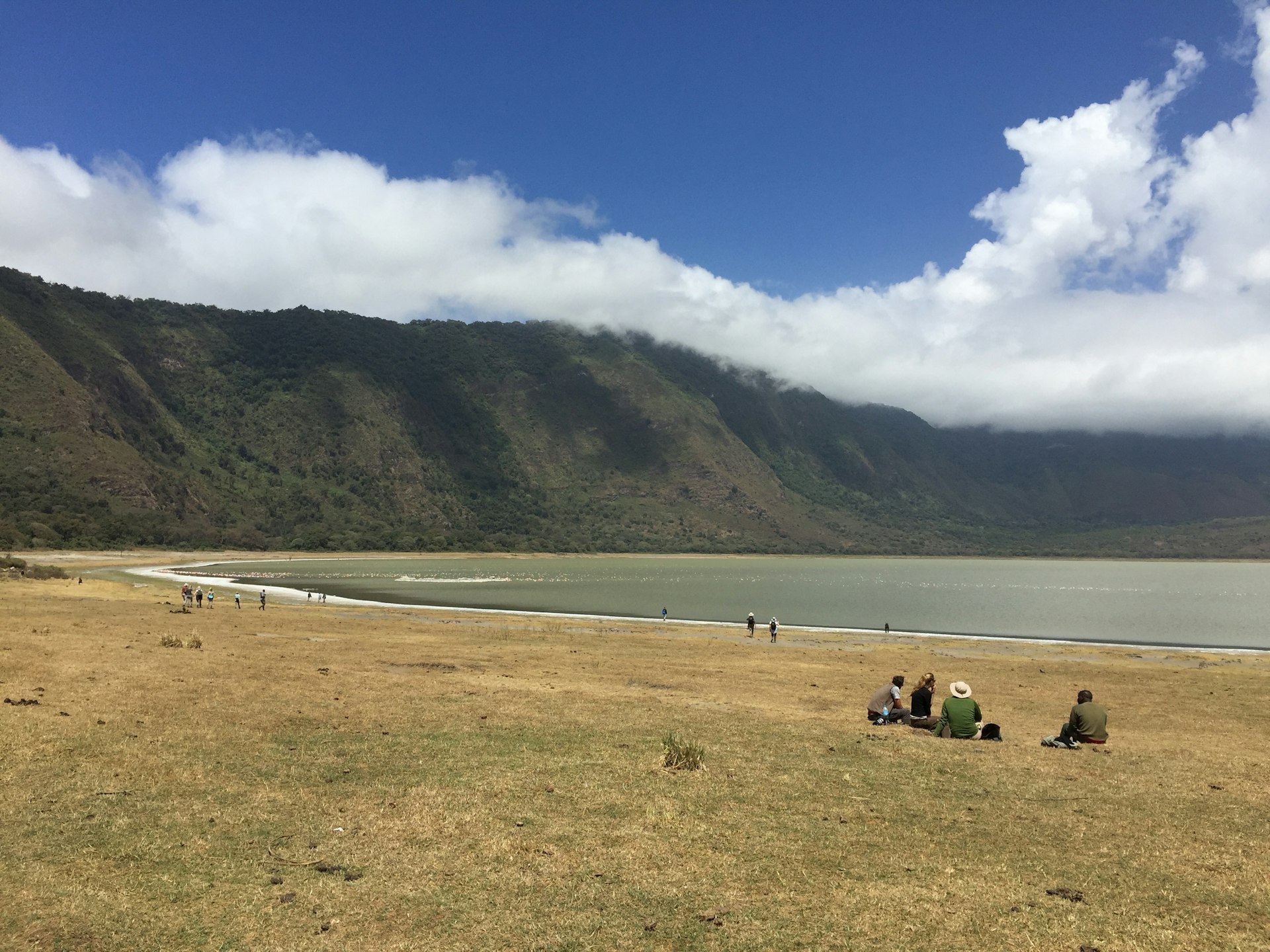
11. Ngorongoro Conservation Area
Next door to the Serengeti National Park is the UNESCO-designated Ngorongoro Conservation Area, a true natural treasure thanks to its natural importance and beauty. Millions of years ago, a series of volcanic eruptions created a mammoth crater that is now home to the highest concentration of mammals in the world. (The ensuing ash created the Serengeti plains.) In a single Land Rover ride across the crater, it’s not uncommon to witness up to 30,000 animals of multiple species. Lions, hyenas, cape buffalo and big tuskers thrive in the swampy areas.
12. Mafia Island
Mafia Island is a region north of Zanzibar that’s not officially recognized as part of the territory – which is probably why so many people miss it. Because of the low tourism numbers, travelers who do visit call it Tanzania’s best-kept secret, maybe even more magical than Zanzibar: more powdery white sands, bluer skies, and more intriguing water. It’s also home to the biggest fish in the world: the whale shark, which you might see lumbering through the waters off Utende, Juani, Kitoni or Bweni Beaches. At Ndagoni Beach, you can also catch sight of hippos lazing about.

13. Lake Tanganyika
On the country’s western frontier, Lake Tanganyika is the largest freshwater lake and the second-deepest lake in the world, supporting a vast local fishing industry across Tanzania and into Zambia, Burundi and the Democratic Republic of Congo. Aboard a dhow, expect a truly dreamy ride across its waters, as the sun sets over the horizon and the calm breezes carry you along. In the lakeside town of Kigoma, you can visit the fish market or get out for a day of scuba diving; we recommend checking into Lake Tanganyika Hotel, right on the shore. And if you want to be surrounded by the vast lake, Lupita Island boasts luxury accommodations plus excursions to go snorkeling, hiking, kayaking, swimming or fishing.

